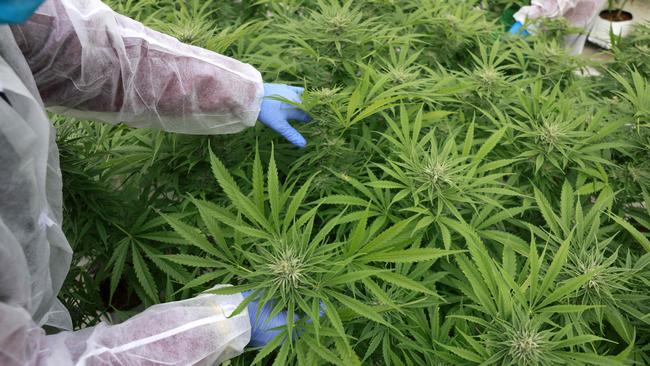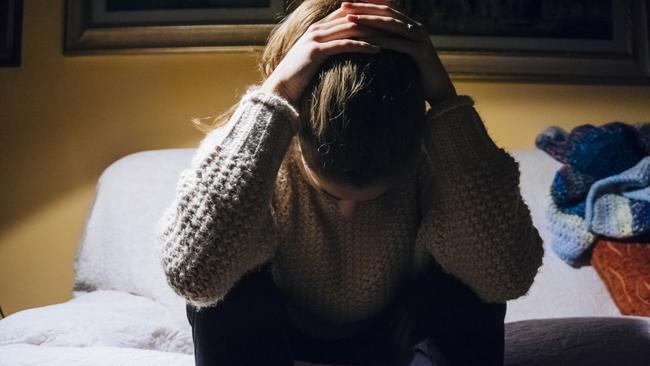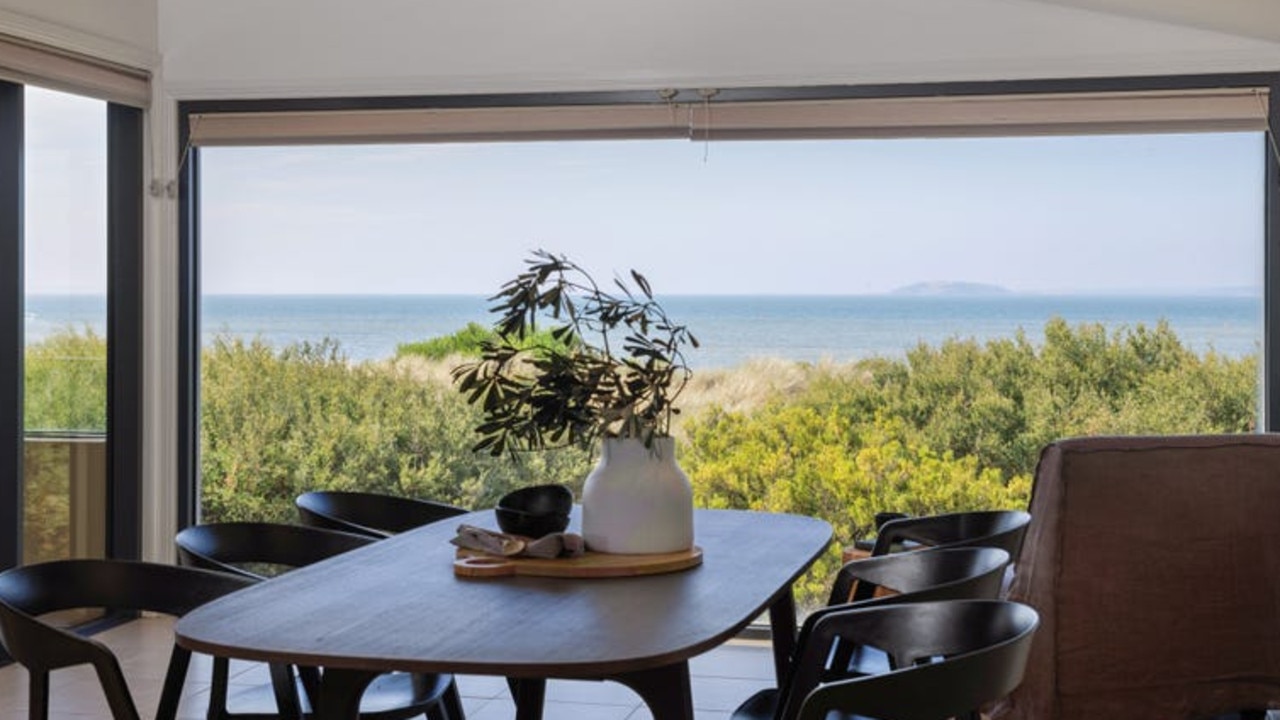Migraine awareness month: The price tag of suffering ‘debilitating’ pain
One Phillip Island sufferer pays hundreds a month to treat his pain while another was forced to quit their job. This is the cost of being a migraine sufferer.
Bass Coast News
Don't miss out on the headlines from Bass Coast News. Followed categories will be added to My News.
One Phillip Island sufferer pays $600 a month to treat a common debilitating health condition while another resident had to quit work due to its impacts.
Migraines are taking a huge toll on some people living on the Bass Coast, but a number of sufferers are speaking out about their experiences to improve raise awareness of the ailment.
The severe condition impacts 4.9 million Australians — Scott is one of these people.
The Phillip Island man said it took years to find out what was causing his migraines, with the mystery coming to light following a fall in 2019.
Medical professionals discovered his first vertebrae twisted upwards and his second vertebrae twisted horizontally.
“That is what had been causing the migraines this whole time,” he said.
“I’d always had it but the fall triggered it (the twists) to put even more pressure on the brain stem.”
Migraine is a neurological condition characterised by recurrent attacks of moderate to severe pulsating pain, affecting one side or area of the head.
It can cause nausea, vomiting and sensory sensitivity and can be treated by chemical-based and manual therapies.
For Scott, the best medical option is GP prescribed medical cannabis but it is not cheap.
The drug costs him around $150 a week or $600 a month. It is not on the Pharmaceutical Benefits Scheme.
It also comes with a downside — he can be charged if he is caught driving with the drug in his system.
“I was hesitant to go down the opioid path,” he said.
“I started seeing a chiropractor which works well for me but still I was plateauing after a while so one day I was speaking to someone who mentioned medical cannabis.
“I went through my GP and it (cannabis) has been a life changer.”

But before taking medical cannabis Scott said he couldn’t be his true self.
“When your only relief is being unconscious, that’s no way to function,” he said.
“I would have to come home from work and go to sleep, that was my existence.”
Now Scott can work and socialise and his relationships are much stronger because he isn’t “cranky” all the time from being in “debilitating” pain.
“I would get into embarrassing situations because I would snap at someone because I was cranky or people would think ‘what’s up with him’ all because I was in so much pain,” he said.
Mornington Peninsula Headache Clinic director Rodney Rossetto said migraines were complex and multifactorial and there was no precise cause for them.
However, he said an over sensitive brain stem was a common aspect of the illness.
“What we now believe is that when the brain stem is overactive or over sensitised this may result in significant symptoms,” Mr Rossetto said.
Director of operations at migraine and headache Australia, Carn Cincinnato said if you have to suffer migraine, now is the best time to be a sufferer.
“There is a lot going on in the space, much more than there was even five years ago,” he said.
“It is all progressing towards a cure, there is research underway that is looking into personalised medicine so we don’t have to go through that trial and error phase.”
“There is hope. The future looks bright.”
A recent study done lead by a QIMR Berghofer researcher Dr Brittany Mitchell has for the first time shown the genetic links between brain size and migraine risk.
“Our research found that a smaller brain size and smaller brain structures, such as the hippocampus and amygdala, cause an increase risk of migraine, and this might be due to shared biological pathways that affect neuronal signalling of the regulation of blood flow,” Dr Mitchell told The Herald Sun.
“We hope this will lead to more effective treatments.”
Headache Australia says 7.6 per cent of sufferers experience more than 15 migraine days in a month while women are more likely to experience the condition than men.
The condition costs our economy around $35.7 billion a year — with the health system shouldering most of this burden at an annual rate $14.3 billion.
Sick days and other productivity costs work out to $16.3 billion, the Delloite research shows.
Jill McAdam said migraines stole her chance at having a fun and enjoyable life, it has cost her job and landed her in hospital writhing in pain.

“But because your life is not threatened, understandably, you are not a high priority,” the 57-year-old said.
Jill was using Codeine and an anti-nausea medication to keep the former down but now she’s trying a very different remedy.
“Every three months, I get 20-30 injections of Botox across my face and neck and shoulders,” she said.

Researchers say genetics determine whether or not you are at risk with multiple family members — like Caitlyn Chizzoniti and her mother — often experiencing the condition.
“Sometimes I can’t physically lift my head up or have any light in the room that I’m in and people can be a little insensitive and say ‘it’s just a headache take some Panadol’,” Caitlyn said.
Before being on a “heavy” medication, Caitlyn said her migraines were “alienating”.
“I’d miss days of work and seeing friends because I couldn’t get up or go anywhere,” she said.




